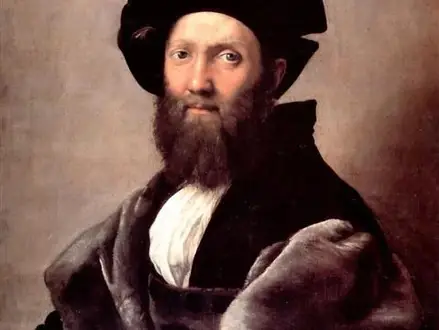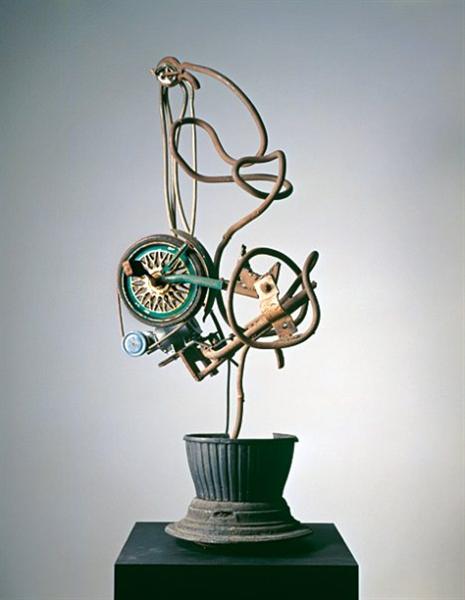Title of Artwork: “Portrait of Baldassare Castiglione”

Artwork by Raphael
Year Created 1516
Summary of Portrait of Baldassare Castiglione
Raphael is credited with painting this portrait of Baldassare Castiglione sometime between 1514 and 1515. It is widely regarded as one of the greatest Renaissance portraits. Portrait of Baldassare Castiglione, Raphael’s friend and a diplomat and humanist of the High Renaissance, is depicted.
All About Portrait of Baldassare Castiglione
Raphael’s friendship with Castiglione, a rising star in courtly circles, led to the creation of this portrait. By 1504, when Castiglione returned to Urbino for the second time, Raphael had gained notoriety as an artist in the humanist circles of the city’s ducal court and the two had become close friends. To present the painting to Henry VII, Castiglione travelled to England to meet with Guidobaldo da Montefeltro in 1505 and present the finished work. A portrait of Castiglione could be found in Raphael’s The School of Athens, where he served as a “scholarly advisor” to the courtier depicted as Zoroaster.
The painting of Baldassare Castiglione may have served a more personal as well as a practical function. His wife and son were consoling themselves with this picture while he was away from them in Rome, so he wrote a poem about it.
The arrangement is arranged in a pyramidal fashion. One of only two paintings on canvas by Raphael (it was considered before as originally painted on a wood panel, and later transferred to canvas). In 17th-century copies, Castiglione’s hands are shown in full, suggesting that the picture was later cut by several inches from the bottom (at a later date researchers determined it has not been cut). Squirrel fur and black ribbon trimmed his dark doublet, while a beret on top of his head topped a notched beret completes his attire. Castiglione was in Rome during the winter of 1514–1515, when Guidobaldo da Montefeltro was appointed to Pope Leo X by Castiglione. Lightest areas include the subject’s face, a billow of white shirt front at the subject’s chest, and his folded hands, which are mostly cropped at the canvas’ bottom edge. Raphael’s later portraits of Castiglione show him to be vulnerable, with a humane sensitivity that is typical of his work. The subtlety of the subject’s personality is reflected in the softness of his clothing and beard. Castiglione argued in favour of courtesies and proper attire in his book, The Book of the Courtier. It was he who coined the phrase “nonchalant mastery,” which translates to “effortless grace,” as a way to describe a man of culture’s effortless grace. In Ben Jonson and William Shakespeare’s plays, the concept was eventually introduced to the English language.
The subject’s demure demeanour is reflected in the picture’s eloquent execution. To art historian Lawrence Gowing, handling grey velvet (actually a fur) in a way that defies academic form modelling, with its broad surfaces banked in rich darkness and the fabric shining brightest when facing away from the light, is contrary to what he saw as a model of academic form. It has “The picture has the subtlety of baroque observation but the stillness and noble contour of classic painting at its peak.” says Gowing. Raphael would have seen the Mona Lisa in Rome, and the composition and mood of this portrait seem to pay homage to it. In spite of this, the Castiglione portrait stands as a final solution for single male portraiture in the Renaissance style, according to art historian James Beck.
Information Citations
En.wikipedia.org, https://en.wikipedia.org/.

























